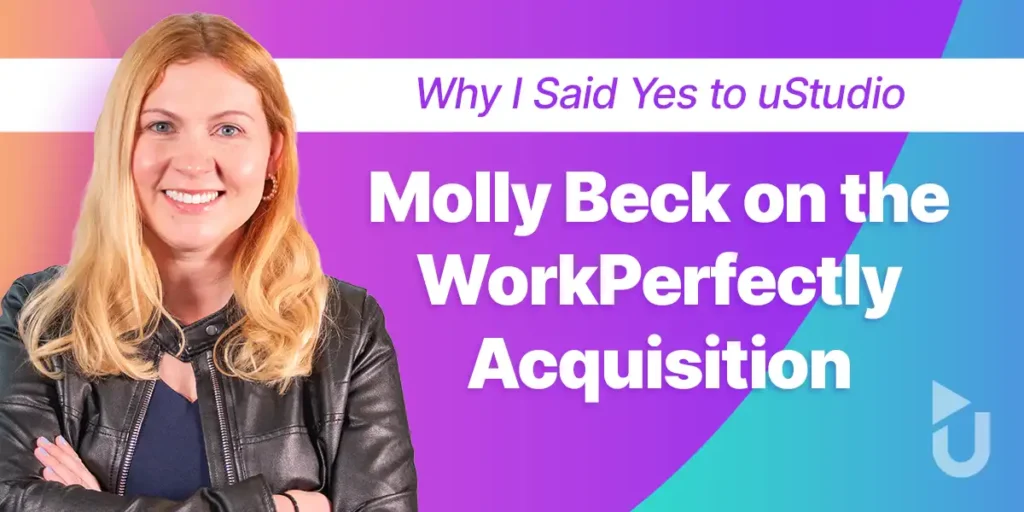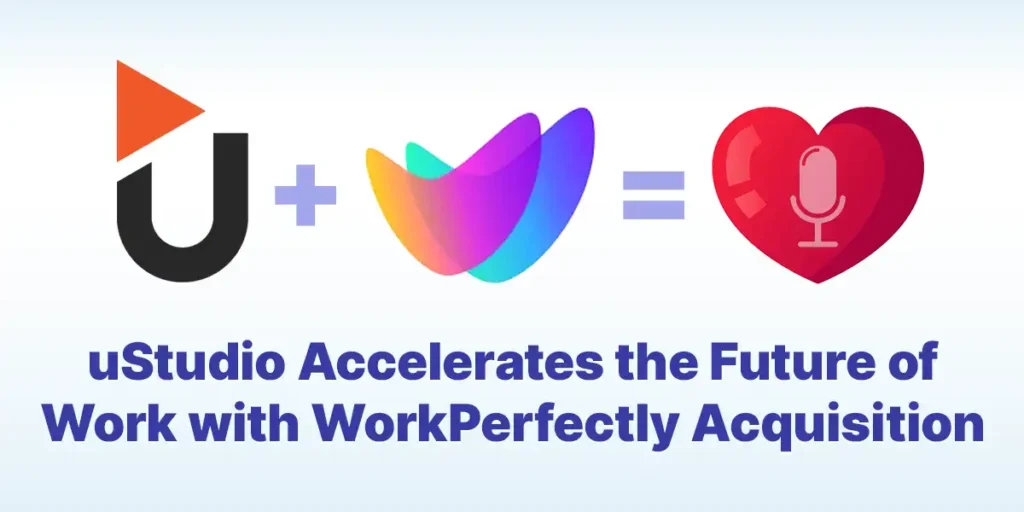Enterprise Podcasting as An Internal Communications and Engagement Tool
uStudio Staff | Internal Communications, Podcasting

Both internal and more traditional external, podcasts typically focus on spreading awareness or information from the broadcasting organization. Whether a podcaster wants to attract new listeners, or a company wants to make a company-wide announcement, the goal is to share information and spread the content to more people. The main difference between public-facing podcasts and internal podcasts is the private audience, the nature of which also shifts the impact of the content. Public-facing podcasters do cultivate a community and talk to the community through content, but internal podcasts take the idea of internal communications to another level to build employee engagement. Companies, such as LivePerson, have successfully used enterprise podcasting to foster company engagement by leaning into the employee comms side of podcasting without creating the dreaded forced and fake company culture.
How Internal Podcasting Becomes Internal Communications
An internal company podcast can start for many reasons, but it will always incorporate employee comms since sending out the content is a form of communication. Updating sales agents on new information, making announcements, sharing knowledge, interviews, and more are all forms of communicating with employees.
As remote work becomes more common, companies need to communicate and engage employees they never or rarely meet in person. Having an organization member talk to the workforce makes it feel more personal and less like a corporate message, and employees are far more likely to retain the information. Even though the same information for internal communications could be conveyed through an email, by turning it into audio and or video content, organizations massively increase employee engagement and company engagement. Audio communication is 500% more effective than text-based communications as people are far more likely to retain information from a podcast compared to an email.
It’s one thing for an employee to engage with the content they need to do their jobs; it’s another to become invested in the company and the culture.
A Success Story of Internal Communications Through Podcasting
Podcasts can also better manage large organization meetings or events alongside more standard enterprise podcasts, like a sales channel or tech support. Coordinating a large-scale group video call is a massive undertaking, but live event-style podcasting can be a more straightforward solution.
LivePerson needed a similar solution for their quarterly town hall meetings in addition to other connective internal podcasts. As Hollie, Senior Communication Director from LivePerson explains:
“We wanted to have a way to communicate internally that was on our own employees’ time. We wanted something they could access easily. Something that was a lighter lift—both from a production standpoint from our internal communications side, as well from an employee standpoint,” Hollie said.
LivePerson does not see podcasts as a replacement for employee comms, but rather as an enjoyable supplement. Remote workers are often bombarded with Zoom meetings and other calls that necessitate a new medium to complete the employee comms picture. Though the original idea was to create live content with appointment viewing, it was hard to find a convenient time for everyone to broadcast the town halls and LivePerson soon learned employees were watching event replays after the fact, not in real-time.
Once the global head of communication started listening to podcasts during his commute, the whole company adopted internal podcasting as part of internal communications and employee engagement that ultimately builds across-the-board company engagement. Now, LivePerson has four different podcast shows that focus on everything from high-level business initiatives to insights and best practices related to recent deal closings.
Celebrate Employees, Create Connection, and Grow Culture
Hollie will skim team newsletters, slack channels, and distribution lists to get topic and content inspiration for offices across the country. She also uses these channels to get information on deal closings and will find new employees to reach out to for podcast interviews. Aim for hosts and interviewees to be from the internal team on the topic being discussed. Coworkers will always be more engaged when they see or hear someone they know, rather than an anonymous talking head. Developing a consistent cadence will help with this process, as well.
Before internal podcasting, not every sales accomplishment saw equal weight. Some employees were crafting beautiful write-ups covering their wins, while others hardly promoted their efforts. Now, with a simple 20–30-minute conversation, employees get internal exposure, educate others across the country and give credit across teams. Ensuring that everyone receives equal time in the limelight builds a supportive team culture rather than a competitive one.
Modernize the way your business communicates. uStudio’s private podcast solutions allow businesses to securely deliver corporate audio and video content to any device in a modern, mobile-first experience. Our customers are reinventing employee, customer & partner experiences using uStudio’s marketing-leading tools for podcasting and complete media management. Learn more at https://ustudio.com.


